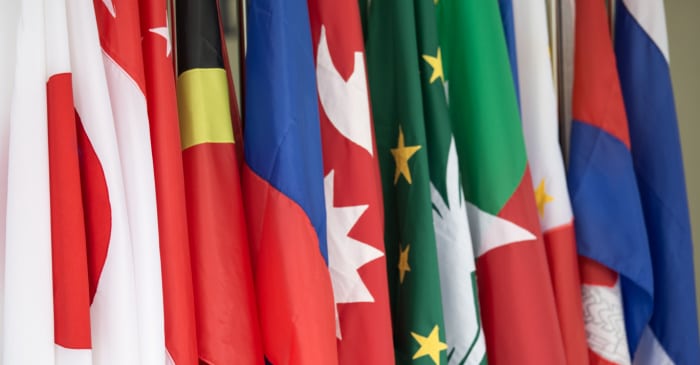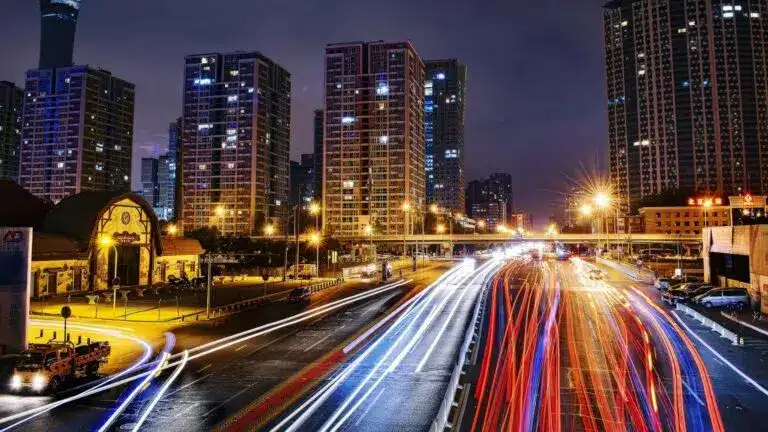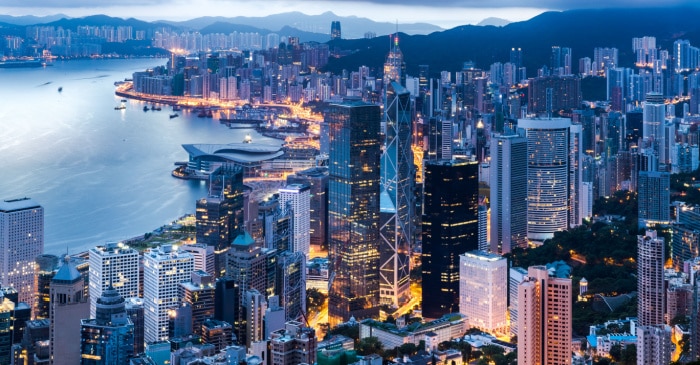
AI in Healthcare

Ripples, Fizzles, and Other Challenges: An Outlook for Asia-Pacific in 2024
Mastering Public Affairs and Government Relations: China
December 2023

China’s political landscape is a complex patchwork of overlapping interests and functions, where competing priorities are played out in a delicate balance between ideological vision and the practical realities of governance and economic necessity. Everything ultimately flows from the highest levels of the Communist Party, criss-crossing between party commissions and the national legislature, and manifesting as government policy at the executive level – from the State Council, all the way down to local authorities in the countryside.
It’s important to understand the movers and shakers that can affect your industry the most, appreciating the long-term trend of policy centralisation that has been taking root in recent years. Departments of the State Council often coordinate on policies together; the National Development and Reform Commission – China’s macroeconomic planner – may lead a handful of other ministries in unveiling new measures on decarbonisation, while the People’s Bank of China may join hands with the Ministry of Finance to announce new regulations for the banking sector.
Businesses should try to engage government stakeholders at multiple levels. Although decision-making often occurs in Beijing, there is a cascade down to provincial and municipal levels, where local authorities may operate with more flexibility. It is also necessary to appreciate the ever-greater role of the party in decision-making across all sectors, and the ambiguity this can cause for businesses trying to second-guess China’s development goals over the long term.
In such an environment, insight is a critical ingredient to success. Businesses must develop their own in-house capacity for policy monitoring and analysis, anticipating the outcomes of major political events. Every five years, the National Congress of the Communist Party sets out the big picture for China’s long-term trajectory. The annual Two Sessions sees the government spell out the strategic direction for the year ahead. Rounding off the year, the Central Economic Work Conference – just concluded in Beijing last week – outlines a blueprint for upcoming economic priorities.
Still, the picture can remain quite opaque, and seismic decisions can occur unexpectedly – think of the tech sector crackdown, or the sudden shift on zero-Covid in late 2022. In this context, it is essential to rely on trustworthy, reliable and proactive monitoring, not only for policy developments, but also public pronouncements, personnel changes, and shifts in tone and rhetoric from the leadership – all potential indicators of which way the wind may be blowing.
To outside observers, Chinese politics can sometimes seem like a black box. Still, government at all levels remains keenly responsive to the concerns of enterprise and the public. Communication is encouraged; new policies often go through periods of public scrutiny, when feedback is welcomed. Since the end of the pandemic especially, the government has been vocal about its desire to attract not only foreign investment, but also expertise, actively encouraging MNCs to contribute and benefit from the next chapter in China’s modernisation.
Some government departments, like the Ministry of Commerce, have begun holding closed-door roundtable sessions, inviting representatives of foreign enterprises to share their experiences, raise concerns and voice suggestions. Existing large-scale events, such as the Boao Forum for Asia, the China International Import Expo, and others, provide a regular circuit of opportunities for MNCs to engage with government stakeholders. Universities and government-affiliated think-tanks may offer another potential avenue for cooperation and thought leadership.
From proactive policy monitoring to stakeholder mapping and targeted, strategic engagement, government relations and public affairs are a dynamic, multidimensional process at the best of times – in a singularly complex and evolving political ecosystem like China, finding the right partner to support you in achieving your goals is all the more essential.




